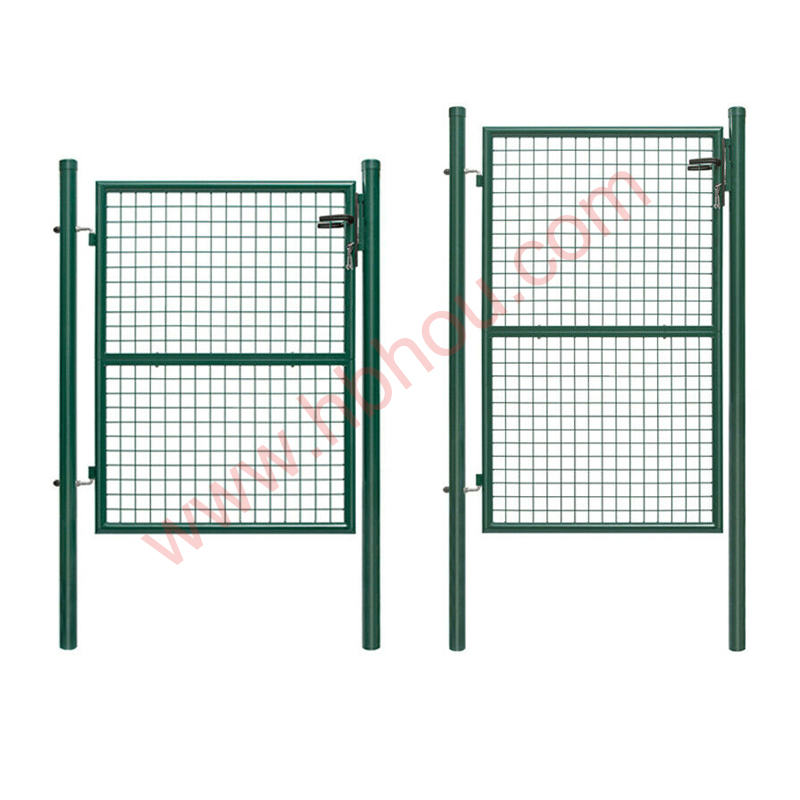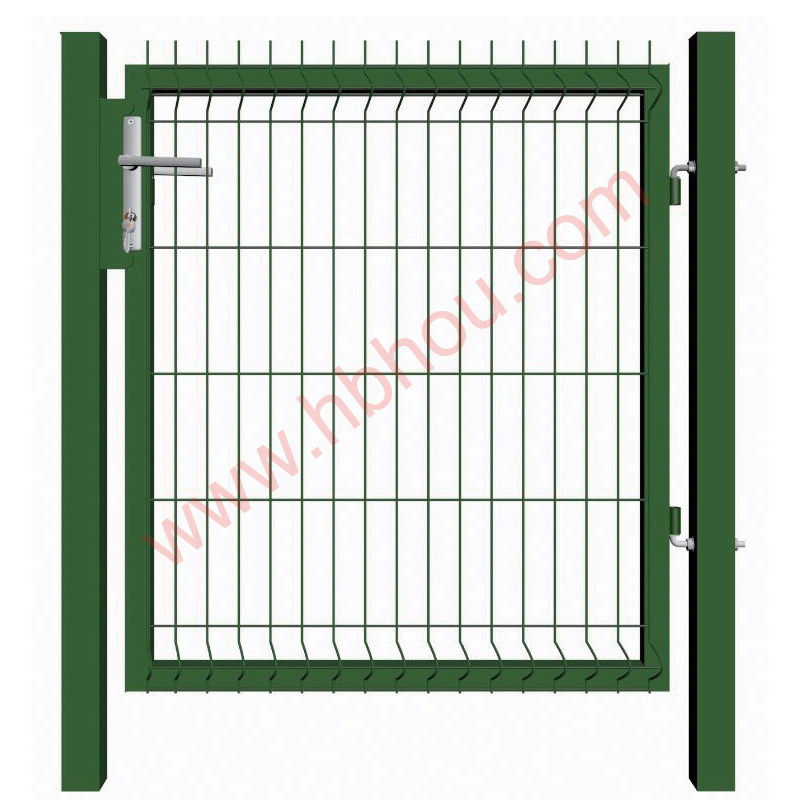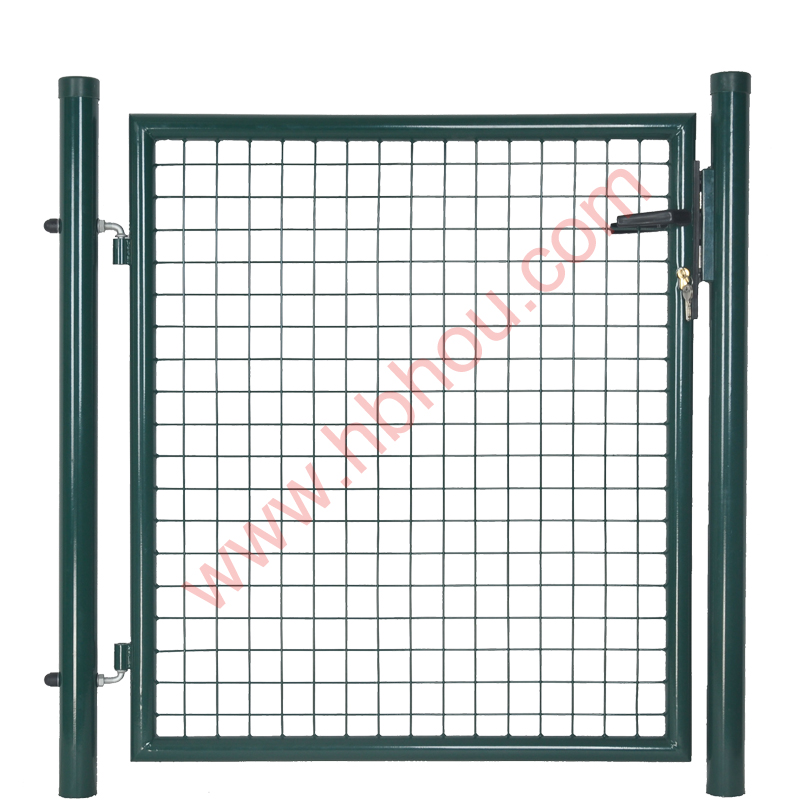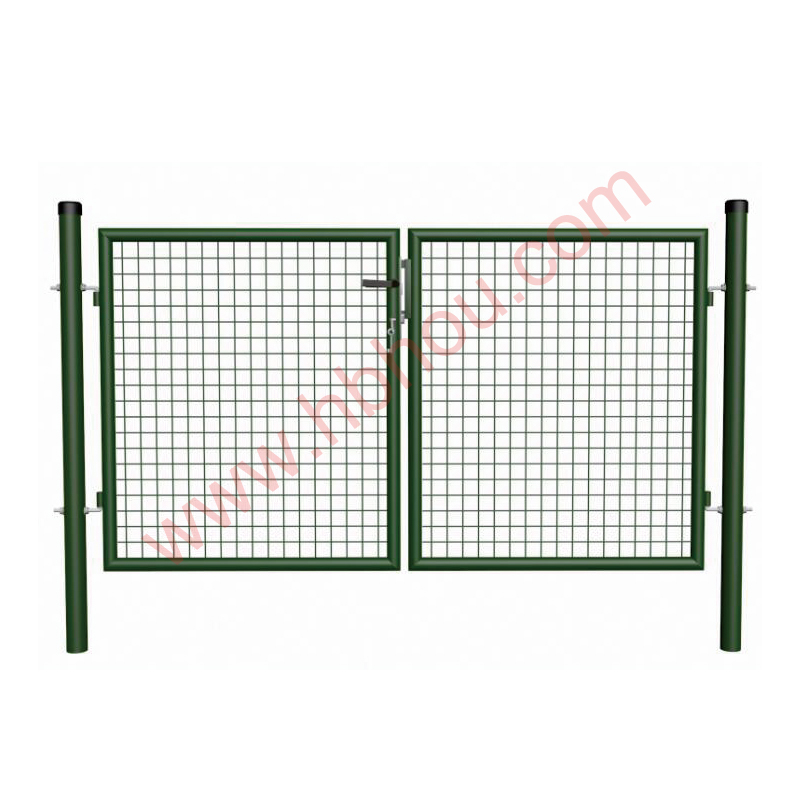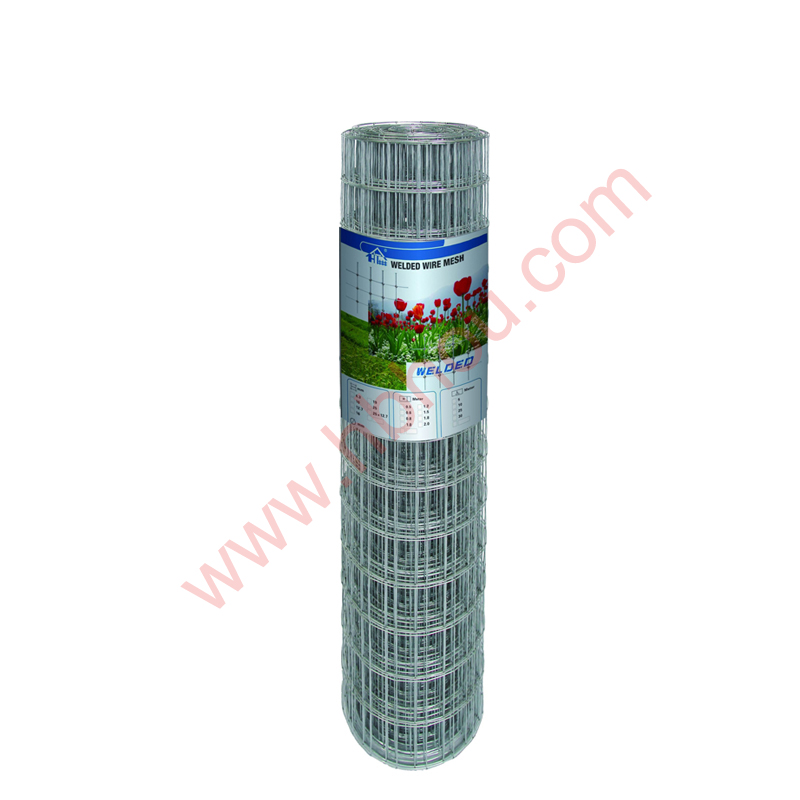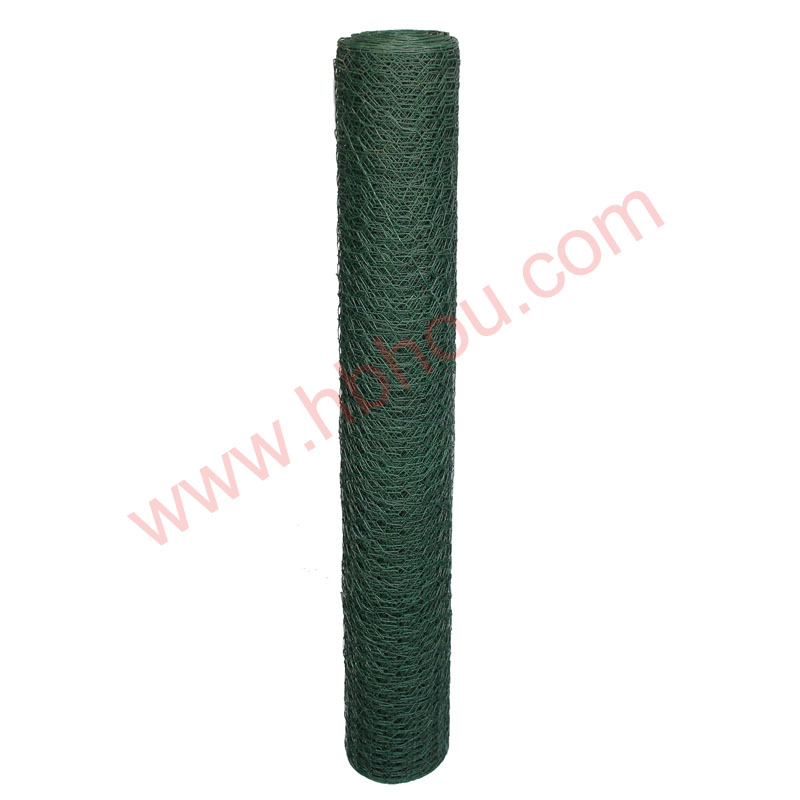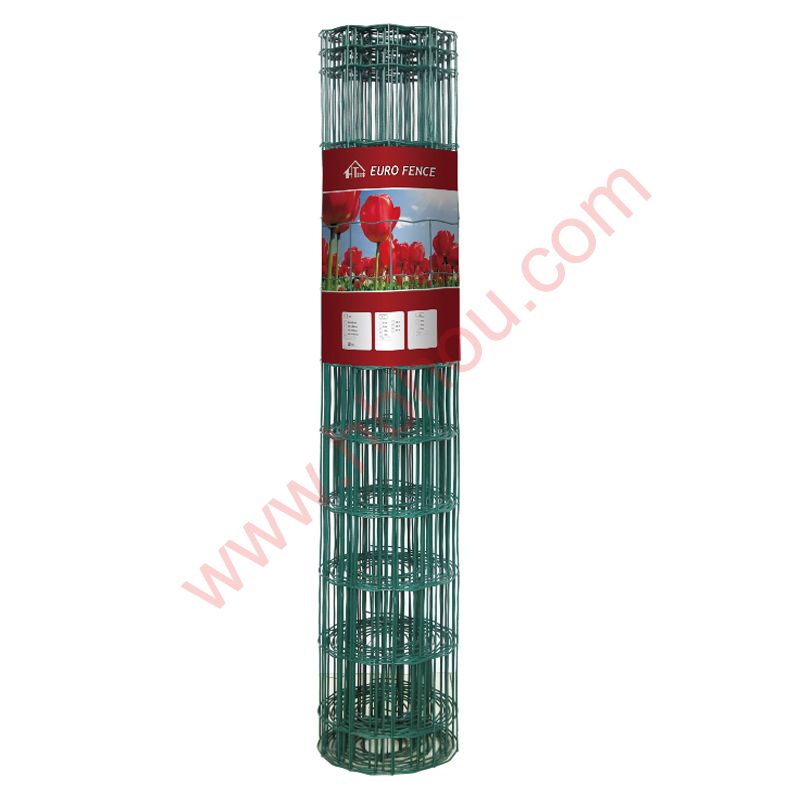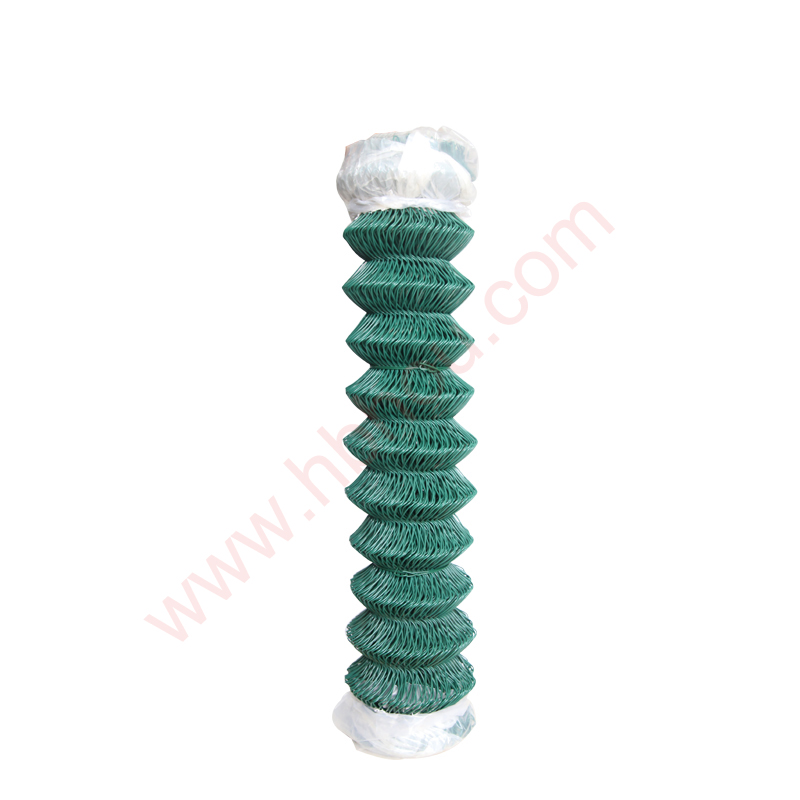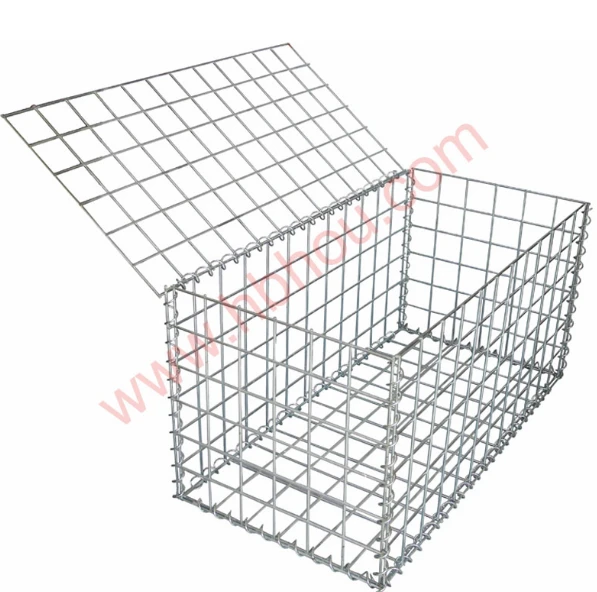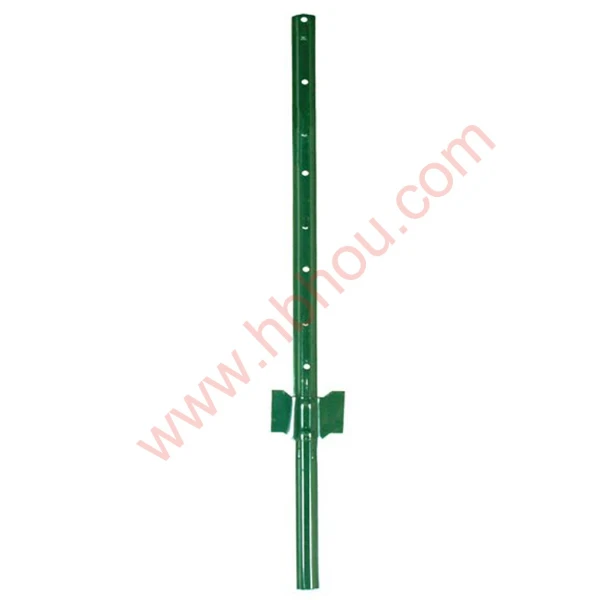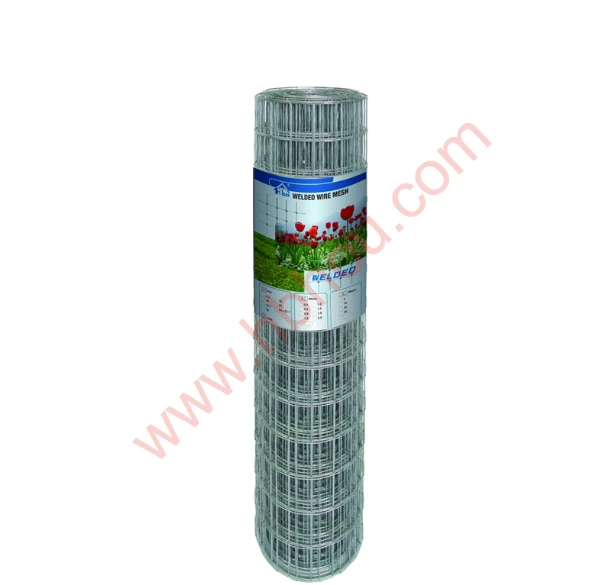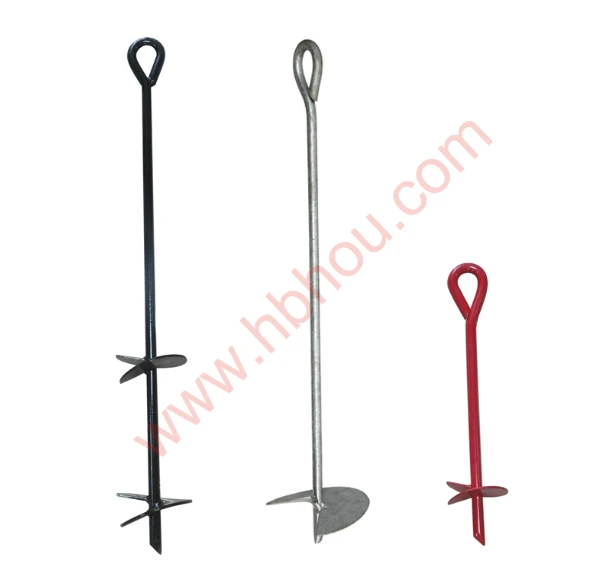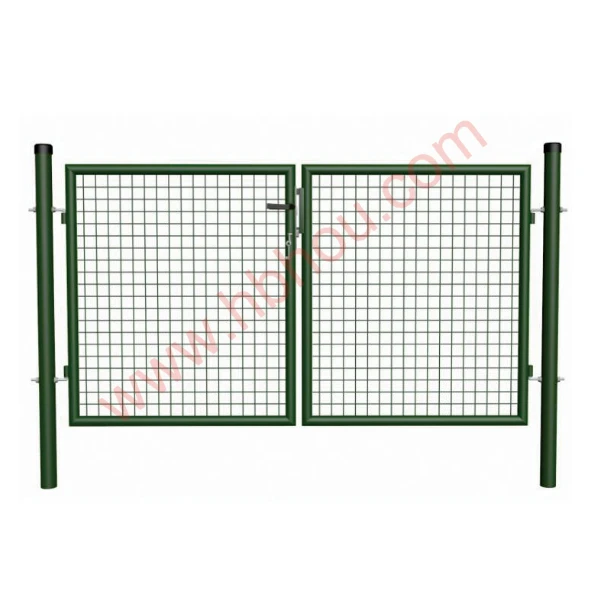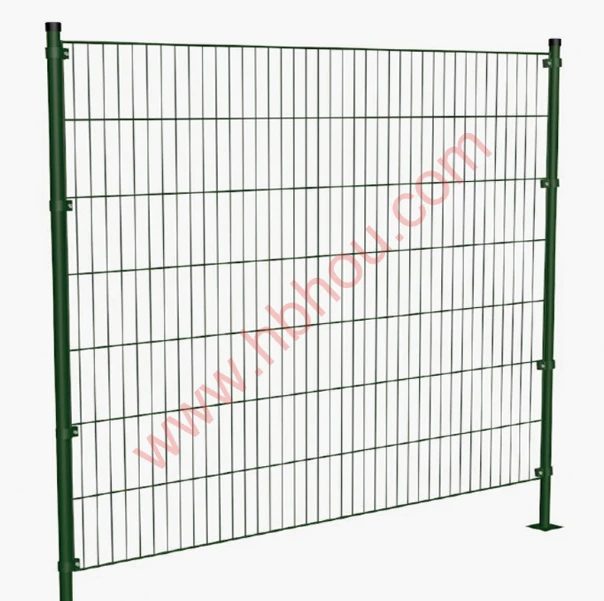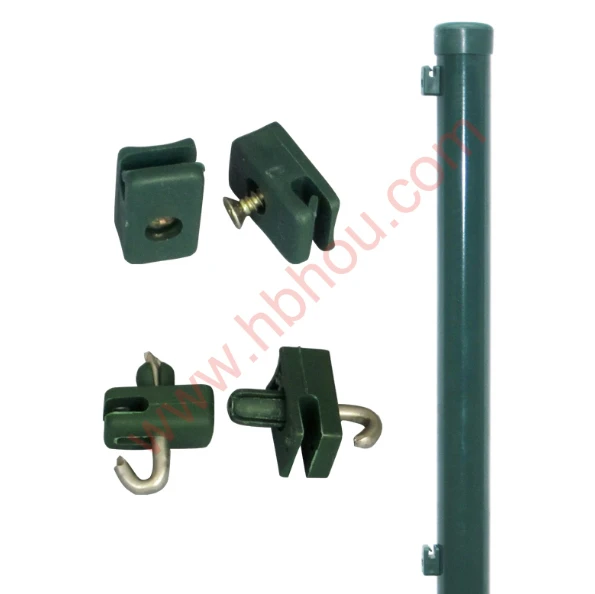When it comes to managing erosion and controlling sediment on construction sites, a silt fence is an invaluable tool. Designed to be lightweight yet durable, a silt fence helps protect the environment by keeping soil particles, silt, and debris where they belong. Whether you're working on a new project or maintaining an existing site, understanding the benefits and installation methods of silt fences is crucial for effective sediment control.
The Benefits of Using a Silt Fence: Efficiency and Durability
Silt fences are designed to address erosion and sediment control effectively. They are made from a lightweight, durable fabric that resists UV light, ensuring longevity even in harsh conditions. Fastened to wood stakes or metal posts, these fences create a barrier that allows water to filter through while retaining soil particles and silt. This functionality makes them ideal for holding soil on new construction sites and preventing sediment runoff that could damage nearby roads, highways, and waterways.
One of the key advantages of using a silt fence is its ability to protect sensitive environmental areas, such as rivers, lakes, and streams, from underwater soil buildup. By pooling water on-site and allowing sediment to settle out, silt fences help maintain the integrity of these natural resources.
Understanding the Silt Fence Installation Process
For a silt fence to be effective, proper installation is crucial. The fabric must be trenched at least six inches into the ground to ensure it contains stormwater on your site. This method helps secure the fence and prevents soil and debris from bypassing the barrier.
An alternative to traditional trenching is the slicing method, where machines slice the fabric into the ground. This installation technique is typically faster and more efficient than trenching, reducing the time and labor involved. Although the slicing method may represent a larger initial investment, it often saves time in both installation and maintenance over the long term.
Versatile Applications of Silt Fences
Silt fences are versatile and can be used in a variety of settings. They are commonly employed on construction sites to manage soil erosion and prevent sediment runoff. Their ability to retain soil particles and silt makes them ideal for areas where soil stability is critical.
In addition to construction sites, silt fences are beneficial for use in agricultural settings, landscaping projects, and any area prone to erosion. They help keep nearby roads and highways safe from sediment buildup and protect delicate ecosystems from potential damage caused by runoff.
Comparing Silt Fences to Other Erosion Control Solutions
When choosing between erosion control solutions, silt fences offer distinct advantages over other methods. Unlike some traditional barriers that may block water flow, silt fences allow water to filter through while effectively retaining soil particles. This makes them particularly useful for sites where water management is crucial.
Compared to sediment basins or traps, silt fences are often more cost-effective and easier to install. They provide a simpler, yet effective, solution for sediment control without the need for extensive construction or maintenance.
Finding the Right Silt Fence for Your Needs
The silt fence price per foot can vary based on factors such as the type of fabric, the height of the fence, and the method of installation. When selecting a silt fence, consider your specific needs, including the size of your site and the level of sediment control required. Comparing options from different silt fence suppliers can help you find the best value for your investment.
Explore our range of silt fences to find the perfect solution for your project. With their durability, ease of installation, and effective sediment control, these fences are an essential component for managing erosion and protecting the environment. Visit our website to learn more about our products and how they can benefit your site!

